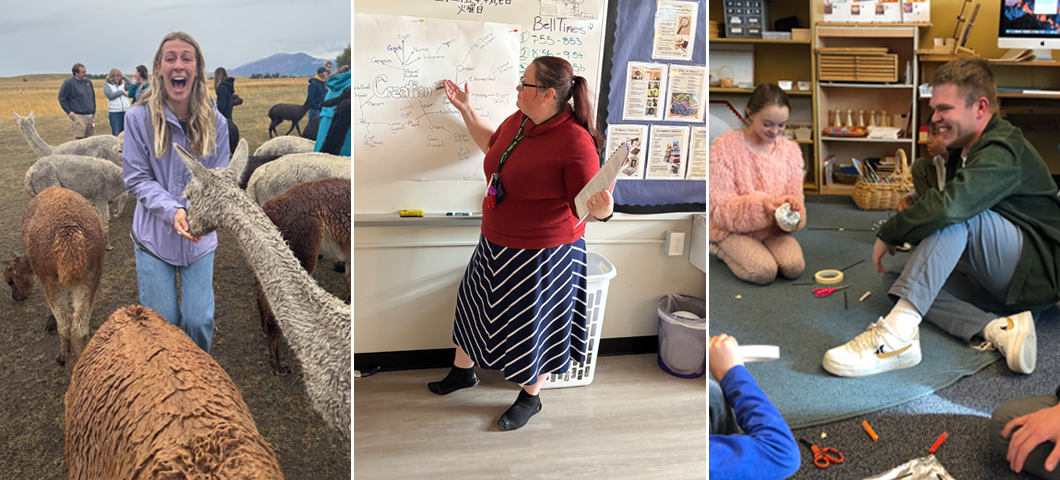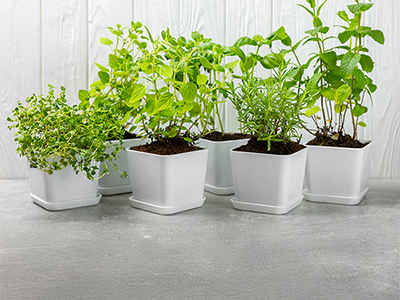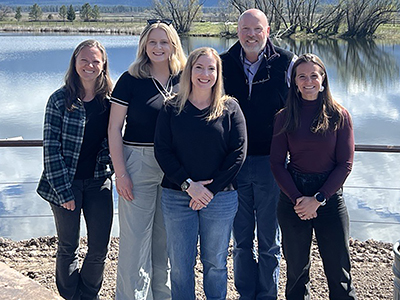Lives & Landscapes Magazine
Fall 2025

A letter from President Tessman to the MSU Extension community and beyond.
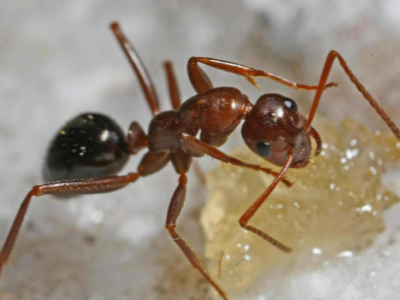
Sometimes unwanted kitchen guests are the six-legged kind. Read on for advice on identifying and removing some of these irksome critters.

A hantavirus infection could progress to a severe disease called hantavirus pulmonary syndrome.
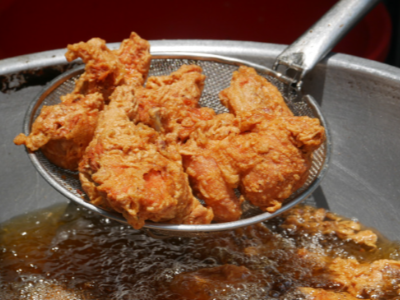
Beef tallow is making a comeback in the kitchen. This article explains how to consume and use beef tallow safely and effectively.

In Montana, winter comes early, stays long, and brings unique challenges for both farm and ranch operations and homeowners. Here are some best practices for winterizing equipment.

Karyn Hamilton has been a proud member of Lewis & Clark County 4-H since her elementary school days growing up near Hauser Dam.

The Montana University System, which includes 16 colleges serving more than 40,000 students nationwide, offers 121 fully online programs and 1,608 remote classes.
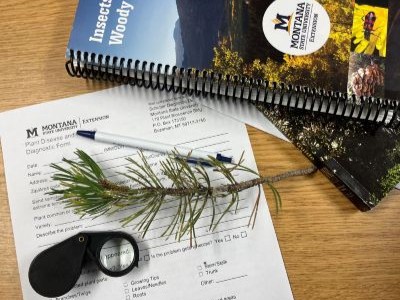
This summer, MSU Extension Gallatin County revived their plant diagnostic clinic with the support of Master Gardener volunteers.


